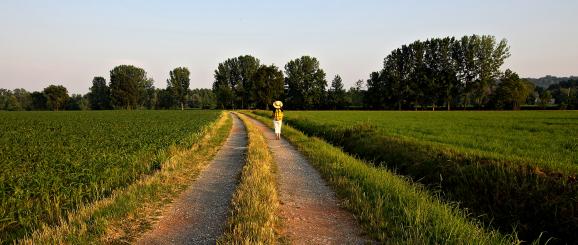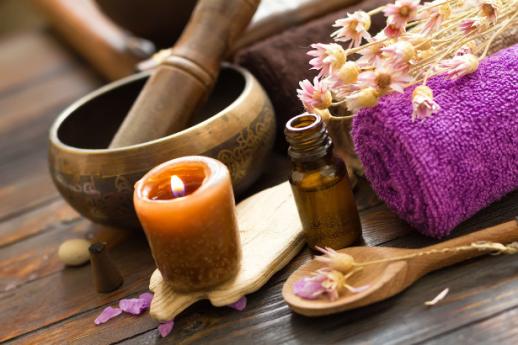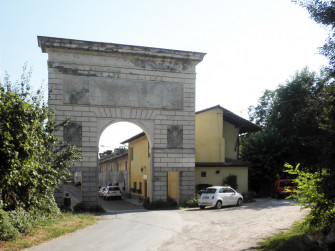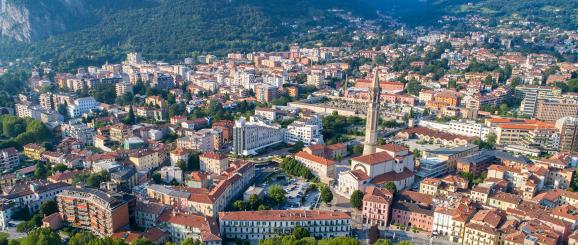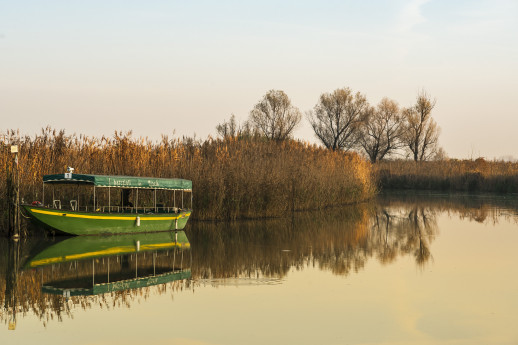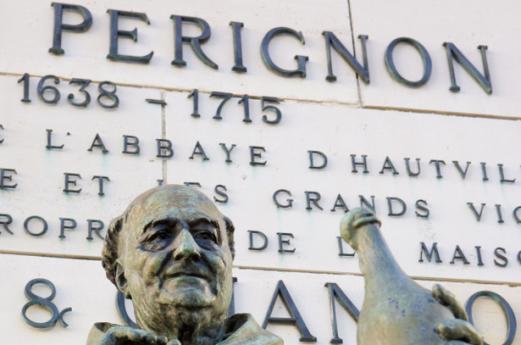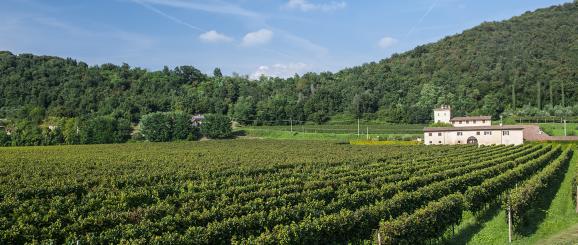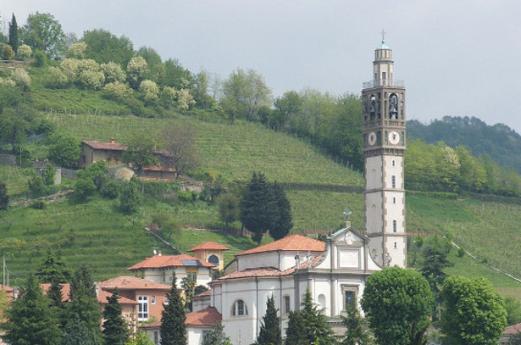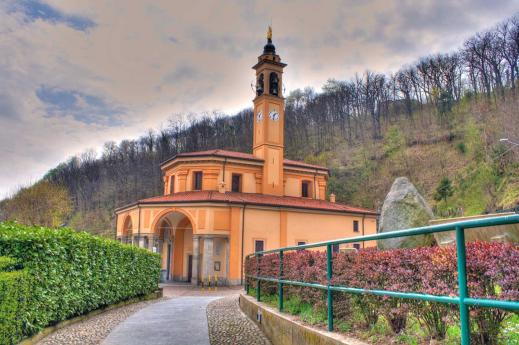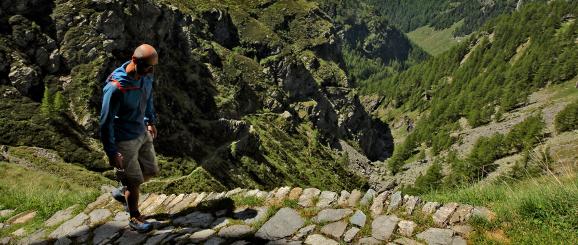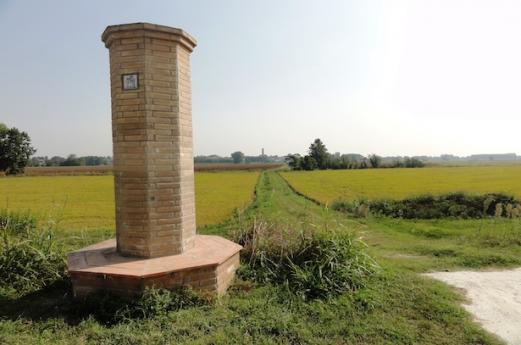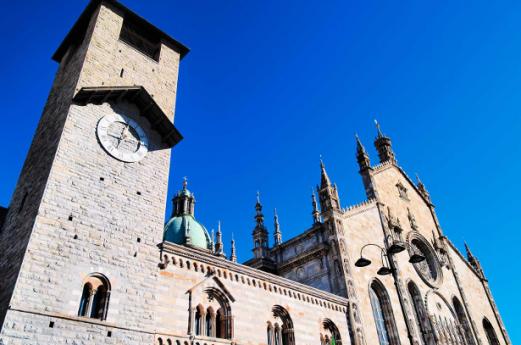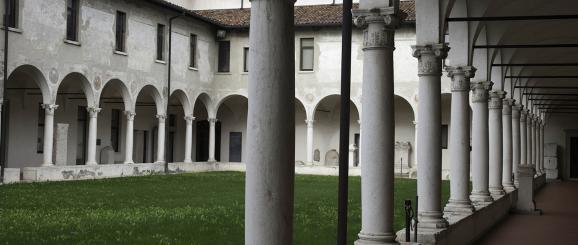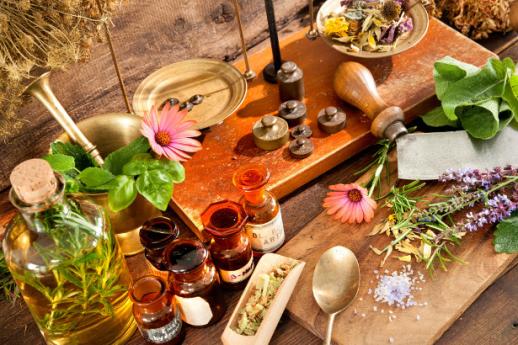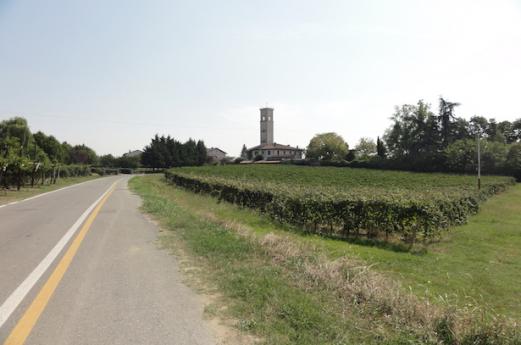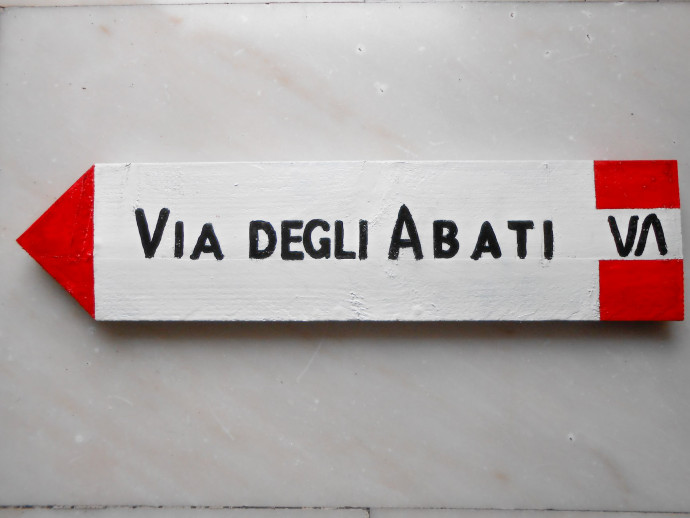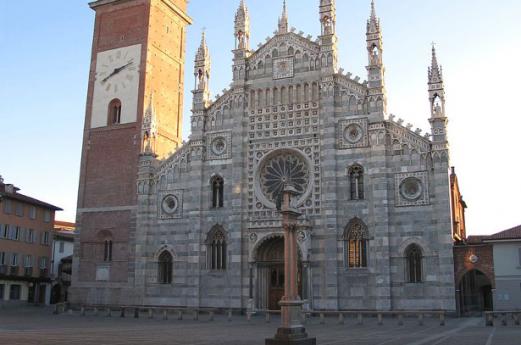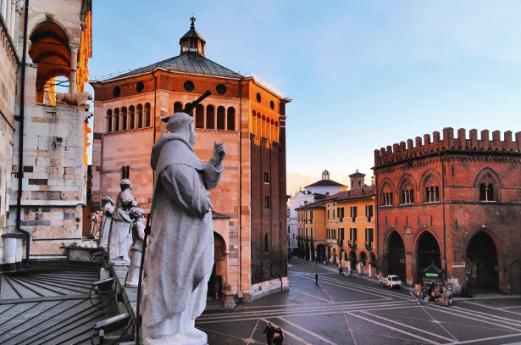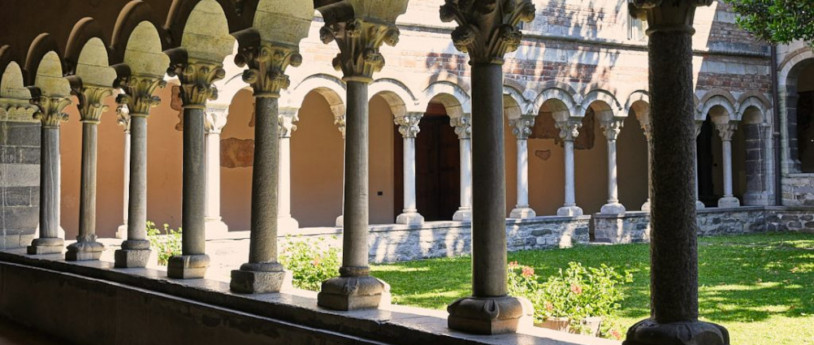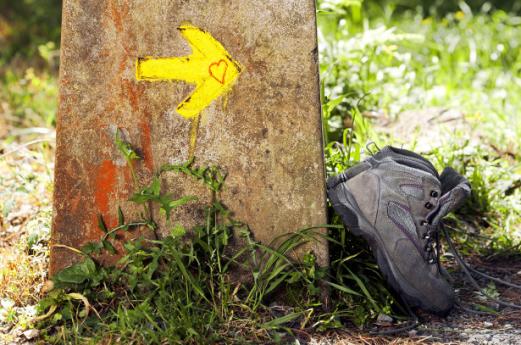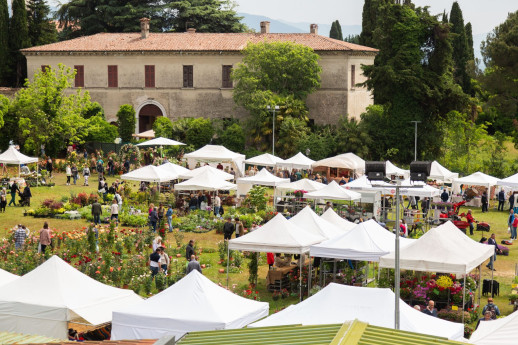- Religious Tourism
- Active & Green
- Cycle Tourism
La Strada Cluniacense della Franciacorta
The name Franciacorta reveals its history, the bond with the Frankish Courts and the
arrival of the Cluniac monks, thanks to whom the territory enjoyed free trade (curtes francae);
the name “Franzacurta” appears for the first time in 1277.
The route between Brescia and Lake Iseo crosses wonderful vineyards and passes by medieval towers and sixteenth century palaces, castles and small hamlets. Franciacorta has retained the boundaries of the countryside of the Visconti era.
Along the route, you will have the chance to discover and visit two Cluniac sites of this
splendid land: the monastery of San Pietro in Lamosa, overlooking the Nature Reserve of
Torbiere del Sebino and the Abbazia Olivetana, embellished with the works of the leading
Brescian artists of the 16th and 17th century.
These two splendid complexes, among the most beautiful religious buildings of northern
Italy, are the products of centuries of history and change. The Abbazia Olivetana di San
Nicola a Rodegno Saiano was built around 1050 on an important Roman crossroads and
soon became a place of rest and refreshment for pilgrims travelling to Rome. Some works
by the leading exponents of Brescian painting of 1500-1600 enrich the splendid complex,
made up of the church of San Nicola, the fifteenth century cloister, the Cisterna cloister,
the Grande cloister, the ante-refectory, the refectory and guest quarters. The artists were
commissioned by the monks; in particular,Romanino, Moretto, Foppa, Gambara and
Cossali, exponents in the 18th century of the Milan school.
Make the most of the opportunity to sample and purchase distilled tonics
produced by the monks of the abbey, following ancient recipes: a real cure-all!
The Monastery di San Pietro in Lamosa in Provaglio di Iseo was built near an important
arterial road. Externally, it displays features of the earlier Romanesque building that
was later converted, especially the interior, in subsequent centuries, mostly in the 15th
and 16th century. Don’t miss a visit to the Sala della Disciplina alongside the monastery,
embellished with frescos at the start of the 16th century, and the panorama of the Nature
Reserve of Torbiere del Sebino. Remember that you are in the land of Franciacorta vine,
the pride of the Brescian hills and a tourist attraction, produced as white, rosé and satèn
wines, rigorously following the classic method used for three centuries in Champagne,
invented by Dom Perignon. A true divine nectar. In every sense.
The production of Franciacorta is not the exclusive prerogative of the well-known cellars.
It can be discovered along the chain of religious tourist sites by visiting, for example, the
Santuario della Madonna della Neve in Adro, where the community of the Scalzi Carmelites is engaged in the cultivation of the vines from which they produce an excellent Franciacorta, which can be bought at the Convent.
A few miles away in Rovato, also pay a visit to the Convento dell’Annunciata. Thanks to the work of the Frati Servi di Maria, who came into possession in the nineteen sixties, the Cloister and the Church were brought back to their ancient splendour. Enjoy a goblet of precious wine, which is on sale inside the Convent.
3 reasons to cover the route
1. Franciacorta Satèn, a DOCG wine whose production is allowed only in the province
of Brescia, an exclusive designation of the Franciacorta denomination.
2. The Nature Reserve of Torbiere del Sebino, declared to be a “wetland of international
importance” by the Ramsar Convention, as well as a Special Conservation Zone (SCZ)
and a Special Protection Zone (SPZ) as part of the Rete Natura 2000.
3. Montisola, an international attraction following the phenomenal success of
“The Floating Piers”. From Sulzano, Peschiera Mergalio can be reached by boat, a picturesque fishermen’s village with a small harbour where the fishermen’s vessels are moored.
